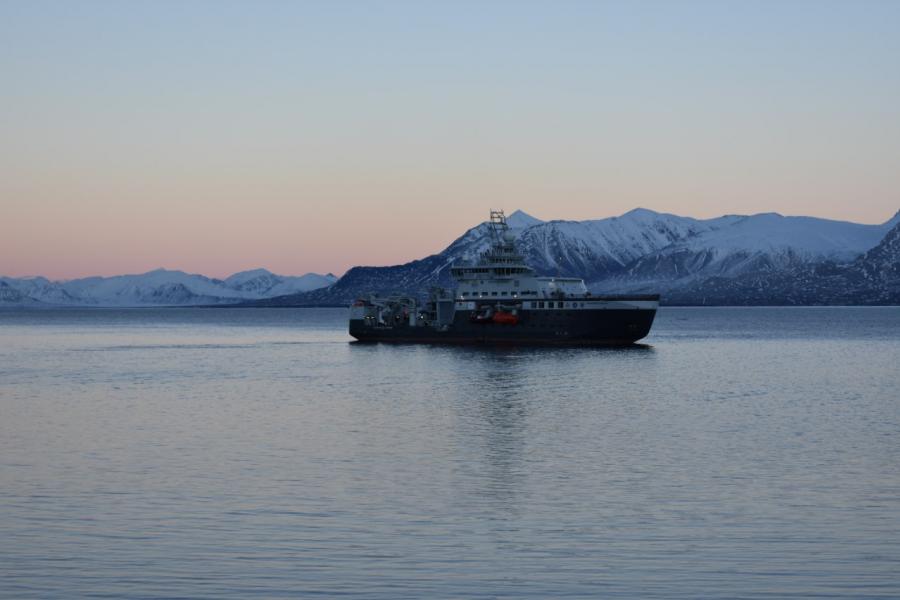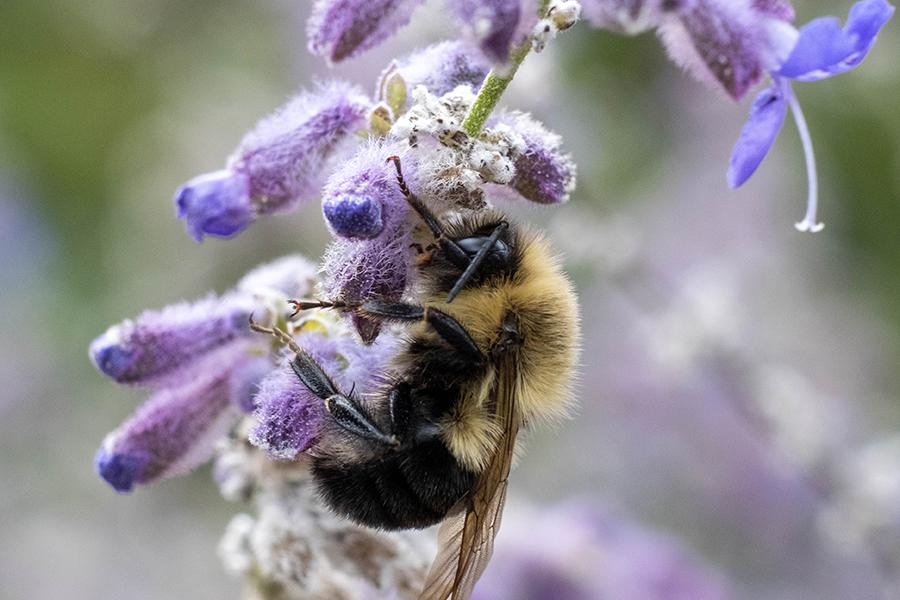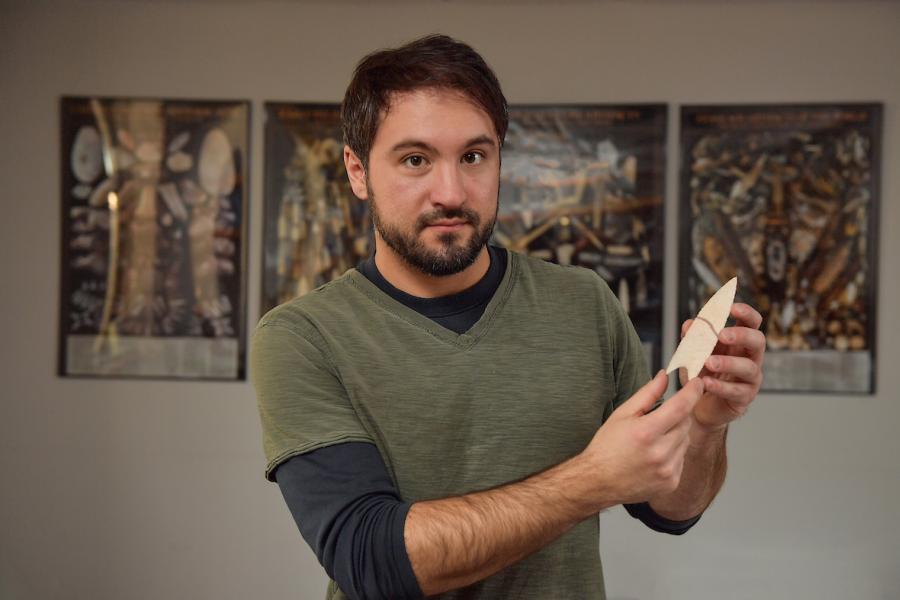The Environmental Science and Design Research Institute fosters innovative, interdisciplinary research at the intersection of natural, human and built systems. Our mission is to generate new knowledge, develop practical solutions and create transformative designs that address pressing environmental challenges—locally, regionally and globally.
We champion research and creative activities grounded in scientific methods and design thinking. ESDRI brings together students, faculty and community partners to explore the complex relationships among biological, social, cultural and economic systems. These dynamics shape the availability of essential resources, support biodiversity and influence human health and well-being.
Students: The institute aims to build research skills in students, in order to cultivate well-rounded, critical thinking professionals. ESDRI recognizes the professional and personal importance of students having foundational research or creative experiences, professional skills, and environmental knowledge, which is facilitated through a variety of workshops, speakers, forums, special events, socials, one-on-one guidance, and more. The institute supports undergraduates through its Fellowship Program, in hopes of mentoring a new generation of scholars. ESDRI supports graduate students through its Graduate Student Research Awards. All students are encouraged to share their work at the ESDRI Research Showcase each Spring.
View Current ESDRI Fellows
Faculty: ESDRI provides many opportunities for faculty to advance their research and facilitates multidisciplinary collaborations, procuring intramural and extramural funding, and working with qualified student researchers. The institute engages a broad range of talented scientists, designers, and practitioners, spanning many academic disciplines, fields, and programs. The institute proudly hosts an annual Sustainability Forum, with an ever-evolving theme, which draws from KSU faculty, students, and many of our community partners.
Academic units represented within ESDRI include:
- Aeronautics and Engineering
- Architecture and Environmental Design
- Art
- Biological Sciences
- Chemistry and Biochemistry
- Communication and Information
- Earth Sciences
- English
- Fashion
- Geography
- Peace and Conflict Studies
- Political Science
- Public Health
- Recreation, Park and Tourism Management
- Teaching, Learning and Curriculum Studies
View ESDRI-affiliated Faculty Members
By empowering environmental research, the institute aims to foster change by drawing from robust, well-informed science and design or extrapolating on the research ourselves. ESDRI encourages students, faculty, and the greater community to understand and leverage the interacting geological, biological, human, economical, cultural, and social systems around us. These overlapping systems impact and regulate the availability of resources (e.g. pure water, clean air, and food), sustain diversity of life on Earth, promote well-being, and affect all of us in our daily life.

Each year the Environmental Science and Design Research Institute (ESDRI) hosts a competitive request for proposals which are reviewed by an interdisciplinary panel, awarding

The Environmental Science and Design Research Institute (ESDRI) supports students through their fellowship program.

The work of a ÇŕÄęɬµĽş˝ Biological Sciences doctoral graduate recently received recognition from green roof experts from across North America who are looking to address contemporary environmental challenges, especially in urb

What are the main factors that either inhibit or promote growth in trees? Traditionally, scientists primarily looked at temperature and precipitation.


When driving in the rain, it is unlikely that you have thought much about how the environment is affected, let alone how nearby aquatic sources are impacted.

Over half of the described species in the world are insects. Although many people think of insects as pests, they play vital roles and have a big impact on our invaluable ecosystems, as pollinators, helping break down wastes, and as an essential food source for many other organisms.

Saying "yes" to everything landed Kathryn Burns in the middle of New Jersey's coastal wetlands

Principal Investigator Cameron C. Lee, Ph.D., assistant professor in the Department of Geography (within the College of Arts and Sciences) at ÇŕÄęɬµĽş˝, was recently awarded a three-year, $387,000 grant from the National Oceanic and Atmospheric Administration (NOAA) Climate Program Office and its Modeling, Analysis, Predictions and Projections Program (MAPP). The project is titled “Excess Heat and Excess Cold Factors: Establishing a unified duration-intensity metric for monitoring hazardous temperature conditions in North America”.

They have gone above and beyond to keep ÇŕÄęɬµĽş˝ moving forward during the pandemic, and now they are being honored for their dedication and hard work. ÇŕÄęɬµĽş˝ President Todd Diacon recently notified nine faculty members and 14 staff members that they have received special awards for their work and service.





